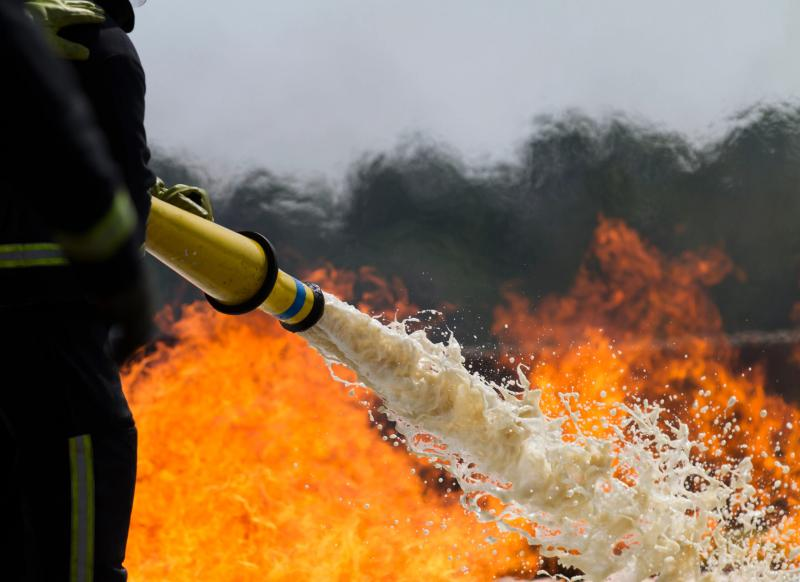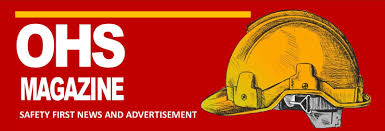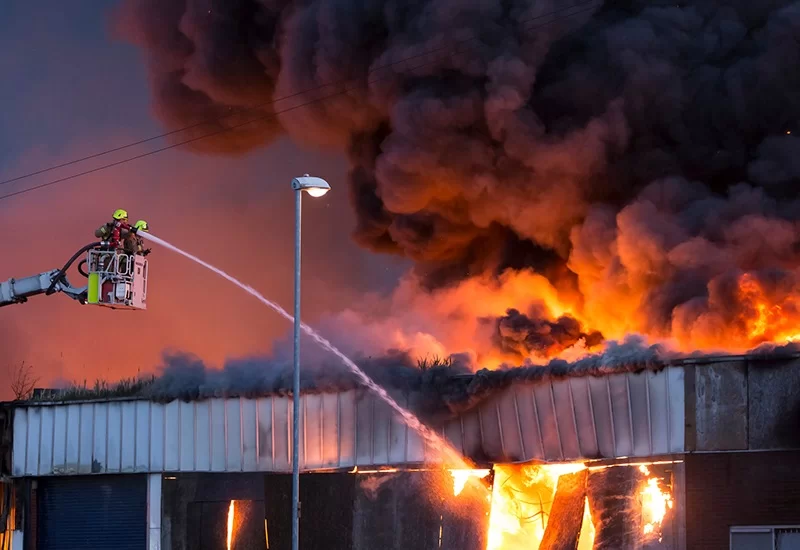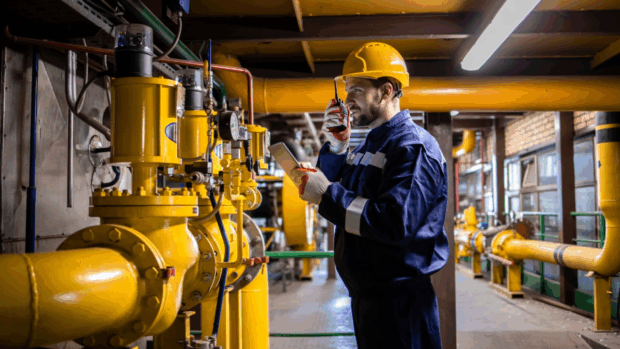New Fire Safety Regulations for Residential Buildings: What Homeowners Need to Know. Recent updates to fire safety regulations aim to enhance protection in residential buildings, addressing evolving risks and ensuring greater safety for occupants. These changes come in response to an increase in fire incidents attributed to factors such as modern building materials, lifestyle changes, and outdated safety measures. Here’s what homeowners and property managers need to know.
Key Changes in the Regulations
- Mandatory Installation of Smoke Detectors
The updated regulations now require all residential buildings, including single-family homes and multi-unit apartments, to have working smoke detectors installed in key areas such as bedrooms, hallways, and common spaces. These devices must meet updated standards for sensitivity and reliability, and interconnected systems are recommended to ensure alarms are heard throughout the property.New Fire Safety Regulations for Residential Buildings: What Homeowners Need to Know - Fire Extinguishers in Accessible Locations
Every residential unit must now be equipped with at least one fire extinguisher, strategically placed in high-risk areas such as the kitchen. Homeowners are also encouraged to undergo basic training on how to use extinguishers effectively. - Improved Fire Escape Planning
Multi-story residential buildings must provide detailed evacuation plans for residents, including clearly marked exits and illuminated escape routes. Landlords are required to conduct regular drills in multi-unit complexes to familiarize occupants with escape procedures. - Regulations for Modern Building Materials
The use of flammable building materials is now restricted, and new constructions must comply with fire-resistant standards. Homeowners undertaking renovations should ensure their materials meet these updated guidelines. - Inspection and Compliance Requirements
Regular fire safety inspections will be mandatory, with penalties for non-compliance. Inspectors will check for adherence to the new regulations, including smoke detector functionality, clear escape routes, and the availability of fire suppression tools.
Why These Changes Are Necessary
Statistics show that residential fires remain a leading cause of property damage and loss of life. A significant percentage of these fires are preventable with proper precautions. According to fire safety authorities, modern homes are particularly vulnerable due to the prevalence of synthetic materials that burn faster and produce more toxic smoke than traditional materials.

What Homeowners Can Do
- Upgrade Your Safety Equipment
Check that your smoke detectors are up to date and replace older models with interconnected systems. Invest in fire extinguishers and ensure they are serviced regularly. - Educate Your Household
Familiarize everyone in the home with fire escape plans, the location of safety equipment, and how to respond to different types of fires. - Conduct Regular Maintenance
Test smoke alarms monthly and replace batteries annually. Keep flammable materials away from heat sources and ensure appliances are in good working order. - Engage Professionals
Hire certified inspectors to assess your home’s compliance with the new regulations and identify areas for improvement.
Looking Ahead
These new fire safety regulations underscore the importance of preparedness and prevention in safeguarding lives and property. While implementing these changes may require an initial investment, the long-term benefits far outweigh the risks. For homeowners, adhering to these rules not only ensures compliance but also contributes to creating a safer living environment for all.
For more information on the updated regulations, visit your local fire department’s website or consult with a certified fire safety professional.











